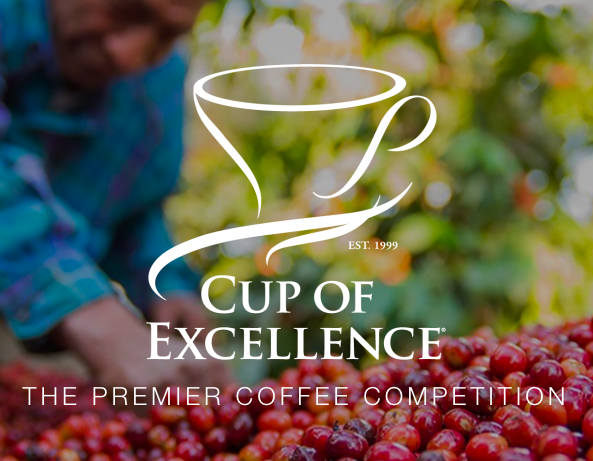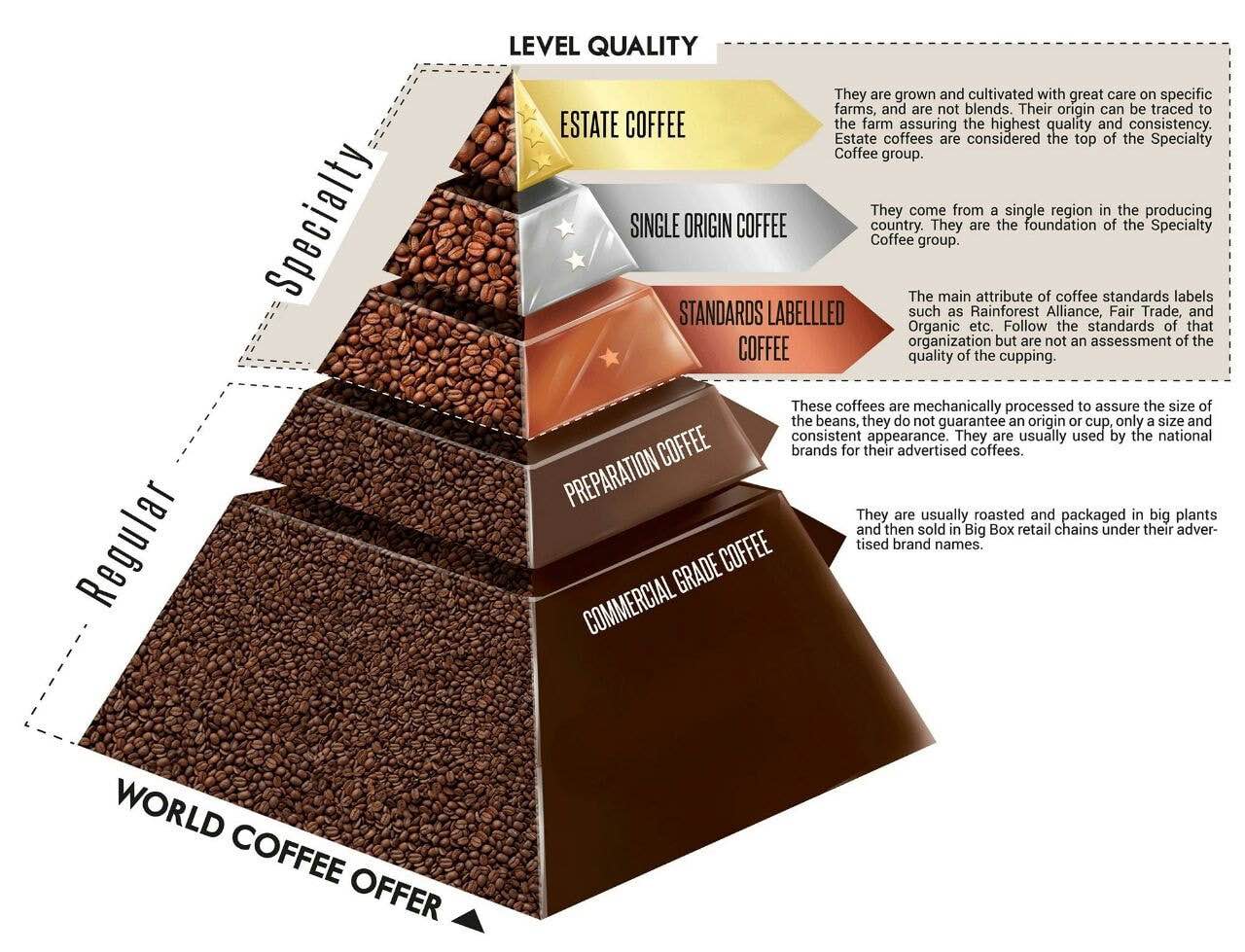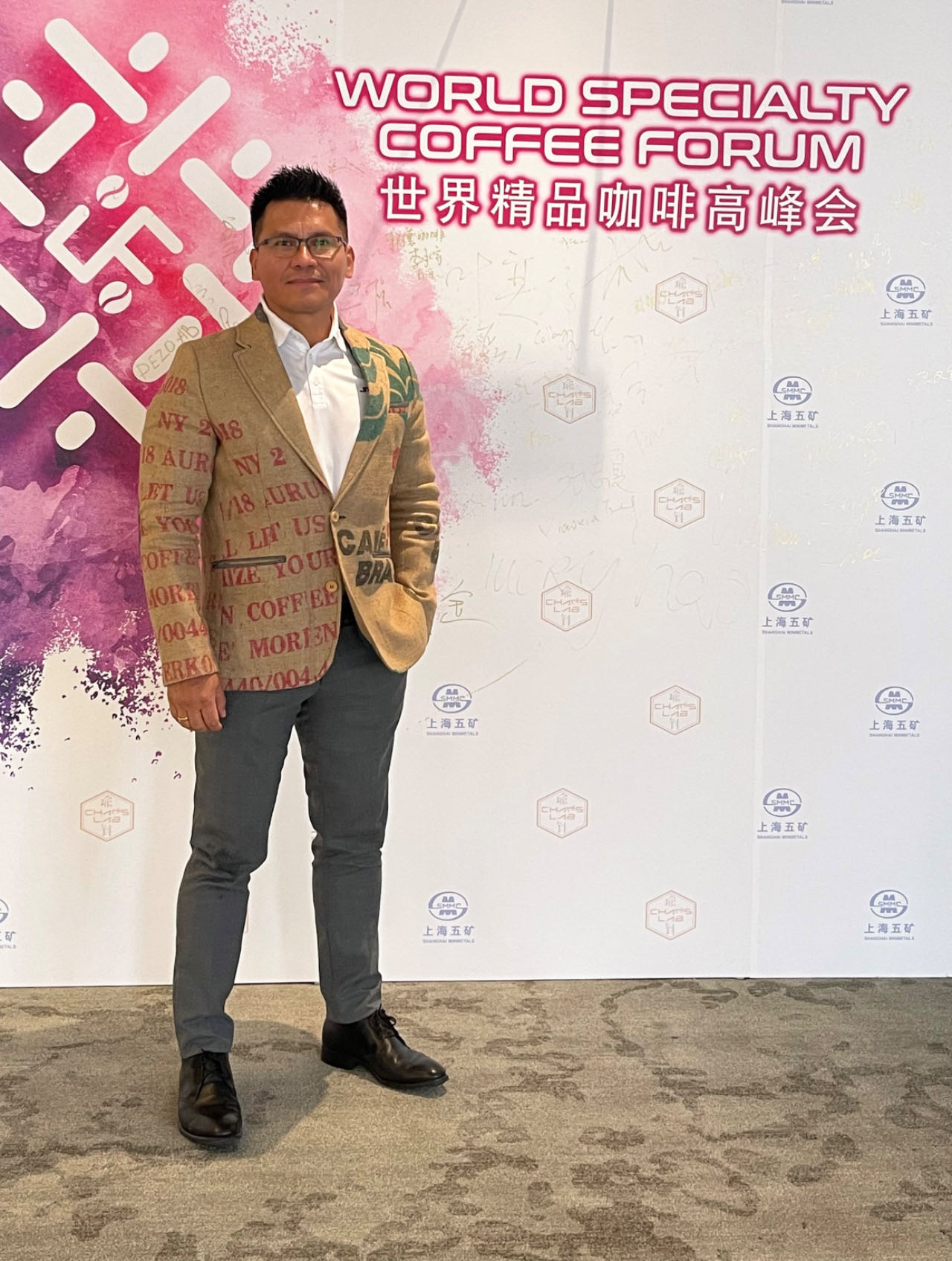Specialty coffee: why do East Asian buyers pay record-breaking prices for auction-winning coffee lots?
Specialty coffee has become increasingly popular in recent years, as consumers are looking for unique, high-quality beans that provide exceptional flavor and a more refined coffee experience. One aspect of specialty coffee that has attracted a lot of attention is the rise ofpremier coffees. These are often rare and unique beans that are sold at a high price point due to their exceptional quality, rarity, and the care with which they are produced.

One factor that contributes to the high price of specialty coffee is the care with which the beans are produced and harvested. Specialty coffee is often grown in small batches and harvested by hand, which is labour-intensive and requires a skilled, knowledgeable workforce. These coffees are primarily grown using organic, sustainable methods, with minimum pesticide usage. Workers in fair trade and organic farms also receive better wages, increasing the cost to consumers. Some coffees, for example in Peru, are grown in the understory of healthy forest ecosystems – a win for both consumers of fine coffees and the environment. Many of the best specialty beans are grown in remote and challenging environments, such as high-elevation mountain regions in South America’s cloud forests. These factors further increase the cost of production.
The World’s Specialty Coffee Auctions offer buyers access to the best coffees in the world, vetted by an industry-leading, rigorous evaluation process. It is the gold standard for coffee production. Since 1999 The Alliance for Coffee Excellence has held auctions for the award-winning ‘Cup of Excellence’ coffees. At these auctions buyers from around the world compete for the honor of acquiring and selling these unique coffees to their customers.
When sky-high, record-breaking prices are paid for ultra-high-quality coffee lots at auctions and competitions, it is increasingly common that East Asian roasters are the ones making the purchase. For example, in 2018, a collective of East Asian buyers set a world record of US $803 per lb for Elida Gesha at the Best of Panama auction. Two years later, East Asian coffee companies were among the highest bidders at the COE (Cup of Excellence) while in the same year at the 2020 Best of Panama, most of the highest-priced lots were purchased by East Asian coffee companies.

So, the question remains: why is it that East Asian buyers pay these astronomically high prices for coffee? A good way to explain it is the rise of premiumisation. Premiumisation is the process of using exclusivity, rarity, and superior quality to drive up brand appeal and prices for products that would otherwise be cheaper. This adds a greater sense of value for the buyer and ultimately makes them more willing to pay higher prices. Similar forces are at play in many other industries: think of fashion – many customers are willing to pay a premium for a genuine Louis Vuitton or Dolce and Gabbana dress, inflating its value far beyond the production cost.
In most East Asian cultures, the perception is that the more you pay, then the higher the quality of the purchased product. This becomes a marketing strategy. Consumers demand what is regarded as the height of quality. At all the competitions mentioned above, these ultra-expensive lots were not just of exceedingly high quality, but also in limited supply. A clear demonstration of premiumisation in action. In addition, over the years, COE lot sizes have decreased, while prices have soared, further exacerbating this effect.
Premiunisation is a growing force in the Chinese coffee market. Until recently, coffee was perceived in the country as a Western fad and obsession. This has quickly changed, with coffee consumption in China now being seen as a demonstration of social status and cosmopolitanism. Being able to drink one of the rarest or most expensive coffees in the world has great appeal for a certain demographic.
While buyers do see these consumer demands, this mindset of buying ultra-expensive coffees and selling them to customers is not always profitable. The coffees purchased at auctions are very high-quality, but the seller still needs to do his part to make these coffees worth it for the consumers, meaning they need to add value by educating consumers and convincing the market that these coffees are well worth the price per pound. Again, to use the parallel world of fashion as an example, this is where fashion shows and celebrity models make their mark. If Julia Roberts is wearing that dress, it must be worth paying for!

It should be highlighted that many of the coffees sold at these premium auctions are snapped up within a couple of weeks, and then no longer available on the market. People are not normally paying prices like this in their day-to-day life. But when the news of a new record price does break, it can boost the profile of a certain region or country as a premium coffee producer, encouraging customers to spend more.
These auctions also help establish long-term trading relationships between producers, importers, and roasters, which can last for years after the purchase of these lots. Events like these have set the standard for the increased premiums that farmers have been able to receive for their exemplary coffees and have led to greater transparency in pricing.
Across the industry, the rise of specialty coffee has also led to a greater emphasis on sustainability and ethical practices. Many specialty coffee companies prioritize fair trade relationships with growers and invest in environmentally-friendly practices to ensure the long-term viability of coffee production. By supporting sustainable and ethical coffee production practices, consumers can also help to ensure the long-term viability of this industry and the communities that rely on it.
High-quality coffee stands for more than just high-profit margins. It stands for superior terroir, better treatment of workers and higher pay, care for the wider environment, and our planet's long-term health. As such, it deserves a better return.
